The MindShift Guide to Digital Games and Learning explains key ideas in game-based learning, pedagogy, implementation, and assessment. This guide makes sense of the available research and provides suggestions for practical use.
Get Started for FREE
Sign up with Facebook Sign up with X
I don't have a Facebook or a X account
 Your new post is loading... Your new post is loading...
 Your new post is loading... Your new post is loading...
Kathy Lynch's curator insight,
March 23, 2014 1:25 PM
Ideas to expand thinking on current assessments, particularly for those who do not test well. Thx Beth Dichter! 
Rosemary Tyrrell, Ed.D.'s curator insight,
March 24, 2014 1:46 PM
As teachers today we are told that we must teach our students and help them construct "enduring understanding", providing them with the ability to transfer knowledge from one subject area to another subject area. We are also told that we should personalize education, requiring us to know the strengths and weaknesses and incorporate this into our lessons. And let's not forget that we must also assess our students. How can we make our assessments help students with content retention? This post focuses on this question, and provides five suggestions on ways to do this. The first three suggestions are: Tests Where Notes or Textbooks are PermittedTake-Home TestsStudent-Made TestsThese types of tests may take more time to create but they have the ability to be written so that students have to do more than memorize information. There is more information on this in the post. The next suggestion is: Projects Pre-Approved by the TeacherThis requires that students demonstrate mastery of the subject. This will require the student to create (a 21st century goal) and additional information is in the post, including a discussion of what this might look like. The final suggestion is: Revisions and Retests to Build SkillsetsThis section discusses what we may do to help out student build their skillsets through feedback and opportunities to construct accurate information. As you read this post you may begin to consider alternative ways to assess your students that help them with content retention.

Christopher Resetar's curator insight,
February 13, 2014 12:00 PM
Like other comments on this scoop, I really like this article, especially items #1 and #2. I really like those options because they are unconventional options that I still think would provide an appropriate level of challenge for the students as well as provide an alternative form of just a simple pencil and paper exam. I think option #1 is more feasible for elementary school because it would allow students to work on skills that are more age appropriate like consolidation of information and looking for quality source material.
Ruby Day's curator insight,
February 14, 2014 3:45 PM
Sounds like some great ideas to stimulate critical thinking 
Audrey's curator insight,
March 5, 2014 6:51 PM
All 5 assessment methods involves students leading the learning. Asking the students questions based on their reading of the topic helps their analytical skills and allows them to be in charge of their learning.
Nancy Jones's curator insight,
June 19, 2013 9:40 AM
Love this! 21st century learning isn't as much about technology as it is thinking .allowing choices and options like this not only allow students choices but the opportunity for deeper thinking. 
Laura Jane's curator insight,
December 16, 2013 12:17 AM
I stole this from Jamie, and couldn't agree more! What a great [and practical] resource to have as we go into the final semester of our internships. This chart is chock full of ideas for creating more authentic and less monotonous homework for students. It focuses on reinforcing, and not memorizing.
These strategies could work for all grade levels, to different extents. This again addresses the quality vs quantity debate. One of my favorite examples is to reinforce a skill that has been taught. It suggests that, instead of asking students to solve 10 word probelms to prove that they know a skill, to have them work in groups to solve, model, and present one deeper thinking word probelm.
This allows students to work in harmony to formulate their ideas, and is a more productive approach to learning. Although some cognitive struggle is good, too much leads to frustration and defeat. Allowing students to work together helps them to actively participate in student-centered learning, and they can better understand what they've learned. I will definitely be printing this chart to put in my lesson planning binder.

Monica S Mcfeeters's curator insight,
February 4, 2013 12:59 PM
How do you test creativity and innovation using "set" core standards of evaluation? Creativity and innovation require a certain amount of willingness for failure and risk taking. How does training for common core test "standards" assist that higher level goal? |

Drora Arussy's curator insight,
November 17, 2014 8:11 AM
We hopefully are all trying to differentiate, but sometimes we need that creative push and encouragement. This is a wonderful resource with printable infographics for coming work areas and links to concepts and other resources to really get you thinking in every direction outside of the box - each student will gain something out of you using this. 
Janet McQueen's curator insight,
November 17, 2014 6:57 PM
These differentiation flowcharts will prompt teachers to make good decisions around scaffolding of student learning. 
Becky Roehrs's curator insight,
November 17, 2014 7:08 PM
Check out concepts, assessments, and activities for differentiation...

Drora Arussy's curator insight,
February 25, 2014 7:32 PM
Great ideas and tools - let the creative assessment begin!

Heather MacDonald's curator insight,
December 19, 2013 2:32 PM
Teaching tools in a "tech culture" - even in the classroom...maybe especially in the classroom our teaching tools adapt in order to teach children best practices in organization and learning skills.
Erica Strain's curator insight,
August 24, 2018 8:55 PM
Technology tools to help you get organized in the classroom
Debbie Goodis's curator insight,
October 19, 2013 11:16 AM
Can these posters be purchased and printed?
Lauren Thorncraft's curator insight,
May 26, 2014 8:12 AM
Studyladder is a fantastic on-line educational and interactive resource that offers a wide range of lesson plans, worksheets and kids’ activity games for ES1 to Stage 3. It covers all KLAs in the Australian curriculum and the resource can be used jointly by teachers, students and parents, plus can be accessed outside the school environment.
The resource is well designed and each KLA is easy to search; as grade levels are colour coded, and you can also search by type of resource (such as, topic, grade, material type, category etc.). The tasks available to teacher’s can be used as a template and adapted to their liking to fit personal pedagogy approach. Additionally, all the content on the site is teacher created, which makes this site credible.
This resource could be used in KLA English for Stage 2 learners to assist students with descriptive writing. They could view the video called ‘Description Writing Stimulus (Let's Write a Description)’, which outlines how to structure a description text. It continues to explain how to describe a character using adjectives to help the audience imagine the character being described. A great stimulus to use before having students compose their own text on character description.
Overall, as a free resource for teachers and their students that contains a depth and variety of activities which aligned to the Australian curriculum, Studyladder is by far an excellent ICT tool. |



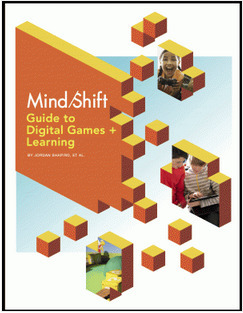


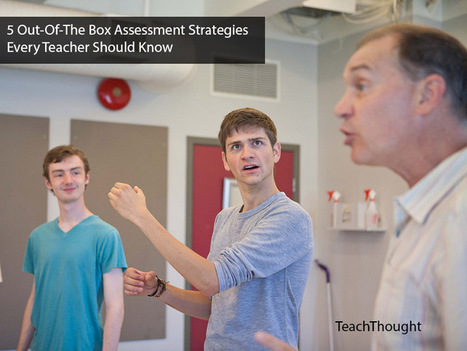
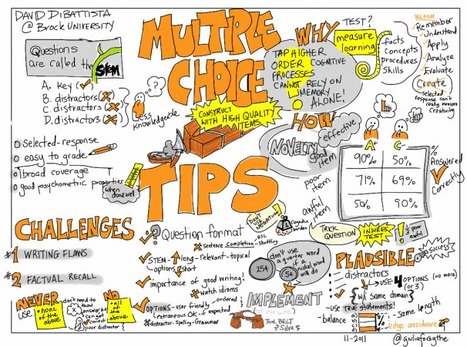



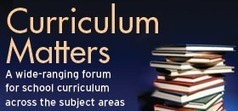


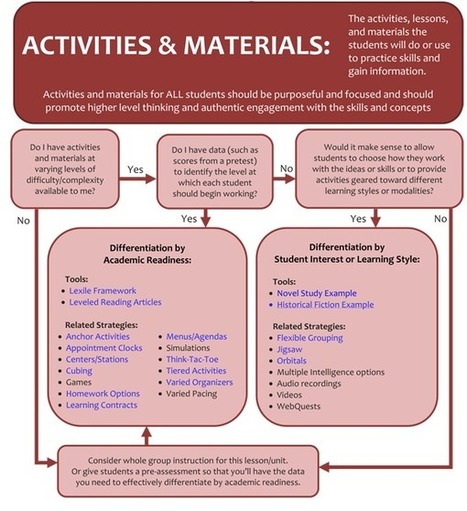




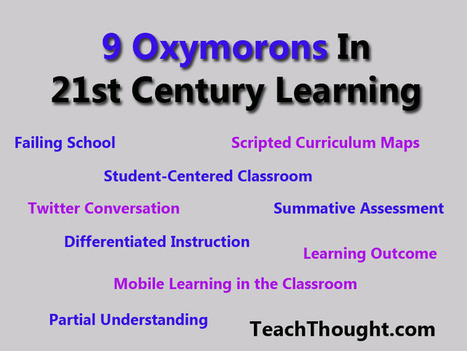
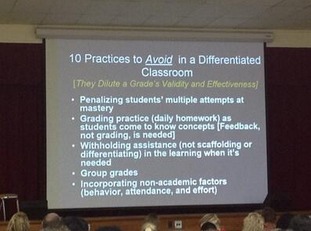



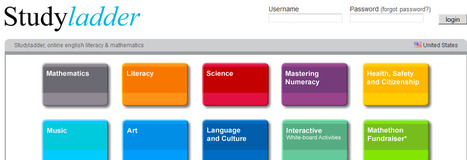





Over 30 pages of ideas of how to pick and use games with your students.